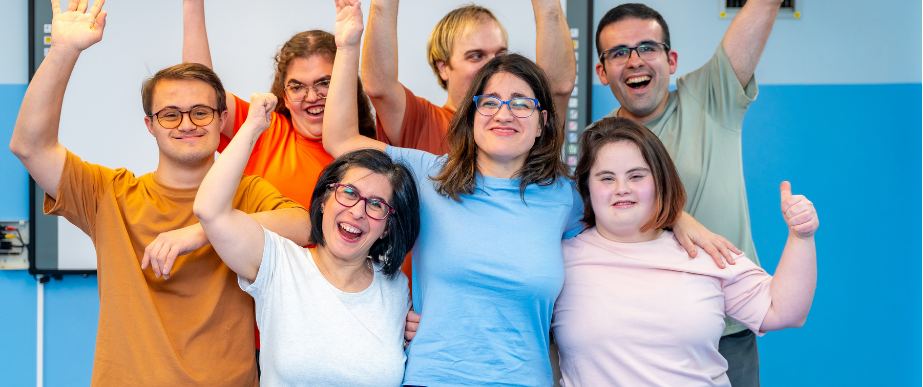
Inclusion Is Ordinary: Why We Need to Reframe the Conversation
For too long, inclusion has been treated as something extraordinary—a special effort, a unique skillset, or an additional burden for schools to shoulder. But what if we turned that narrative on its head? What if inclusion was simply ordinary: a natural, everyday part of what schools do?
This isn’t just semantics. The way we talk about inclusion shapes the way we approach it. When inclusion is framed as exceptional, it risks being viewed as an add-on rather than the foundation of education. This mindset, whether intentional or not, creates barriers: "We don’t have the resources," "We don’t have the expertise," or worse, "We don’t have the time."
But inclusion isn’t about perfection—it’s about culture. It’s about creating environments where every child feels they belong and can achieve their potential, not as a concession but as a core expectation.
Shifting the Narrative
The truth is, inclusion already exists in schools—just not always consistently. Teachers adapt lessons every day, working to engage pupils with diverse needs. SENCOs champion those who require additional support, often in the face of immense pressures. Parents and carers collaborate with schools to ensure their children thrive.
These acts of inclusion aren’t rare. They’re ordinary. And that’s exactly how it should be.
Yet, inclusion often feels like a herculean task because of how it’s positioned in education systems. Policies and accountability measures sometimes pull schools in different directions, leaving leaders and teachers torn between delivering inclusive education and meeting external pressures. The challenge isn’t that inclusion is inherently difficult—it’s that the structures around it make it so.
Ordinary Doesn’t Mean Easy
It’s important to clarify that "ordinary" doesn’t mean effortless. Creating inclusive classrooms requires intentionality, training, and reflection. It demands time to build systems that work for all pupils and commitment to revisiting and refining those systems.
However, when inclusion is seen as ordinary, it becomes part of the fabric of school life. It’s not an extra responsibility—it’s the responsibility. It’s not about ticking boxes but about embedding equity into every interaction, policy, and decision.
Inclusion Starts with Leadership
If inclusion is to become ordinary, leadership is key. Leaders set the tone, shape the culture, and determine whether inclusion is a whole-school priority or a task delegated to the SENCO.
Leaders who model inclusive values—such as adaptability, collaboration, and respect—set the foundation for teachers and pupils to follow. They prioritize professional development that equips staff with practical strategies, ensuring everyone has the confidence to meet diverse needs. Most importantly, they create an environment where inclusion isn’t an aspiration but an expectation.
Why Inclusion Is Ordinary Matters Now
The timing of this conversation is critical. Schools are grappling with unprecedented challenges: rising pupil needs, teacher shortages, and tight budgets. It’s tempting to see inclusion as something to address later, once "the basics" are covered.
But inclusion is the basics. It’s the foundation for every other aspect of education. If schools can create environments where every child feels valued and supported, they’re not just meeting their moral and legal obligations—they’re laying the groundwork for better outcomes for all pupils.
Making Inclusion Ordinary
So, how do we make inclusion ordinary in practice?
- Change the Narrative: Stop talking about inclusion as a special effort. It’s what schools do—and what they’ve always done.
- Invest in the Workforce: Teachers and leaders need training that’s practical, accessible, and ongoing. Inclusion isn’t a one-off CPD session; it’s a mindset.
- Build Sustainable Systems: Inclusion can’t rely on the goodwill of overworked staff. Schools need processes and policies that make inclusion part of their DNA.
- Empower Leaders: Inclusion starts at the top. School leaders must model inclusive values and prioritize them in every decision.
A Challenge to Schools
Inclusion doesn’t have to be perfect to be powerful. By shifting our mindset and embedding inclusion into the everyday, schools can create environments where every child—regardless of their background or need—has the opportunity to thrive.
The challenge isn’t to make inclusion extraordinary. The challenge is to make it ordinary—and that’s a challenge worth taking on.
Because when inclusion is ordinary, every child wins. And isn’t that the whole point of education?
